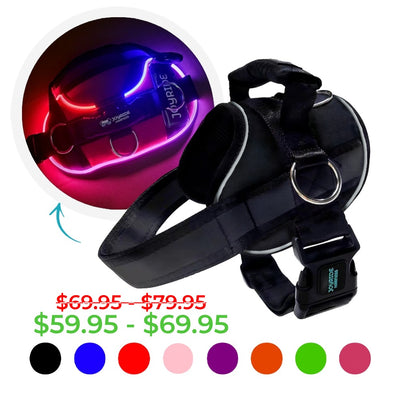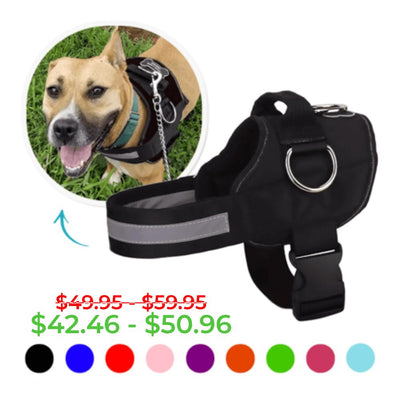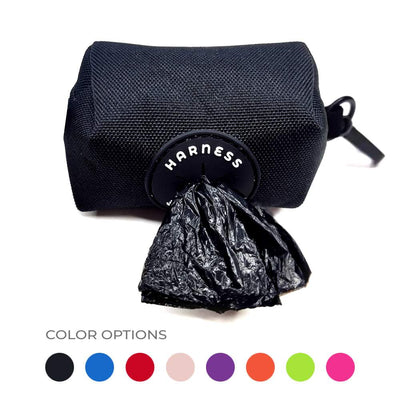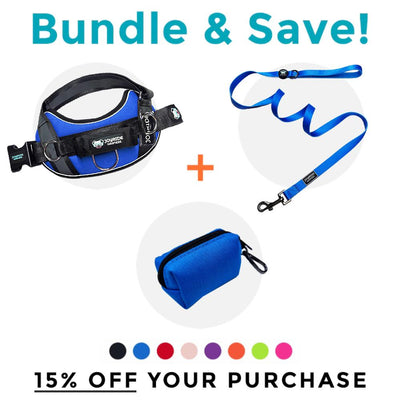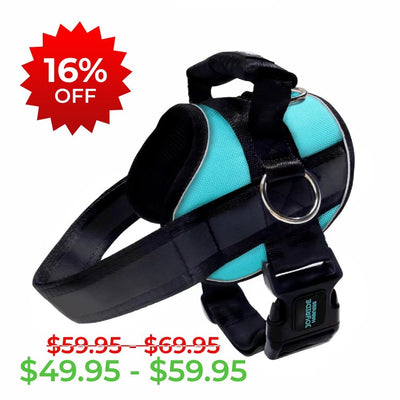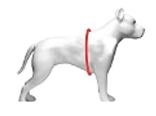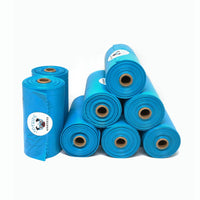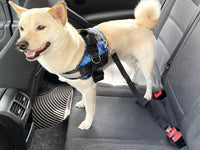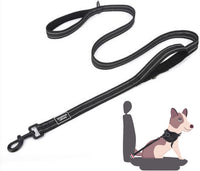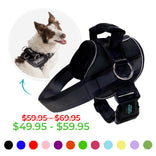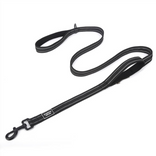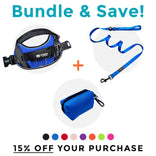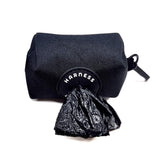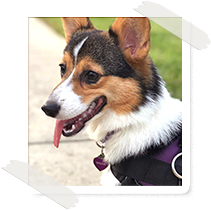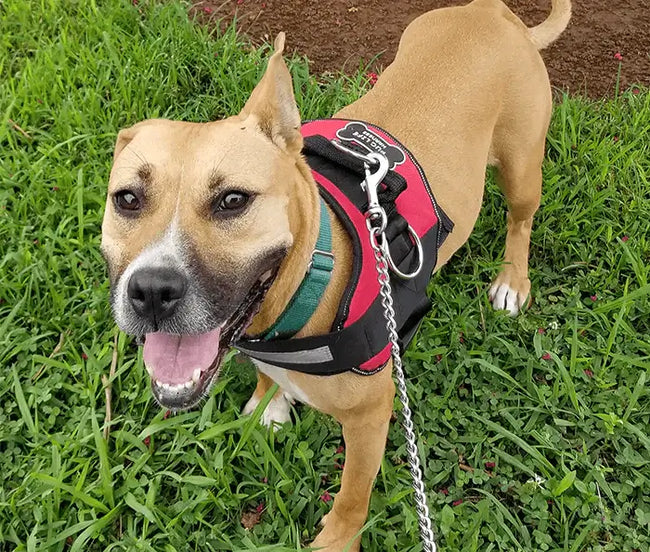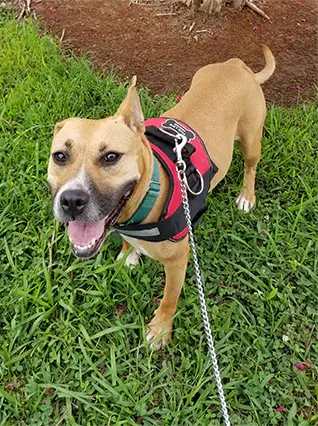The Ultimate Guide to Dog Grooming: From Bathing to Nail Trimming

Grooming your dog at home can be a fun thing to do with your furry friend. It's like a spa day for both of you! It makes your dog look nice and keeps them healthy. Today, we'll show you how to take different steps to take care of your dog’s beautiful coat.
Grooming by Coat Type
The kind of fur your dog has decides how you should take care of it. Knowing their fur type will help you know how often they need help staying clean and tidy. Take a look at this chart to find out what your dog needs!
|
Type of Coat |
Explanation |
Breed Examples |
Grooming Needs |
|
Short |
Short, sleek fur |
Labrador Retrievers, Boxers, French Bulldogs |
Regular brushing to remove loose hair, occasional bathing. Easiest coat type to maintain. |
|
Long |
Long, continuously growing hair |
Maltese, Shih Tzu, Afghan Hound |
Daily brushing to prevent matting and tangling, baths every 4-6 weeks. |
|
Curly |
Tightly curled fur |
Poodle, Portuguese Water Dog, Bichon Frise |
Regular brushing, may require professional grooming every 4-8 weeks. |
|
Wiry |
Stiff, rough, bristle-like fur that stands slightly off the body. |
Scottish Terrier, Wire Fox Terrier, Schnauzer |
Coat stripping and regular brushing to remove dead hair and prevent matting, regular trimming of facial hair. |
|
Corded |
Curly hair that forms long, dreadlock-like cords |
Puli, Komondor |
This type of coat requires extensive work beyond bathing and brushing. Dogs with corded coats should see a professional groomer regularly. |
|
Double |
Two types of coat: a soft furry undercoat and a weather-resistant hair topcoat |
Golden Retriever, German Shepherd, Siberian Husky |
Frequent brushing to remove loose undercoat hair and reduce shedding, undercoat blows twice a year |
|
Hairless |
Dog has no (or limited) body fur or hair |
American Hairless Terrier, Chinese Crested, Xoloitzcuintli |
Nothing to brush, but these dogs require regular bathing and skincare. |
Grooming Supplies

Before you start making your dog look their best, get everything you need. Here's a list of what you'll want to have:
- Dog Shampoo: Choose based on your pet's coat type and any skin conditions they may have.
- Dog Brushes and Combs: Select the appropriate brush or comb for your dog's coat type. A slicker brush will help break up mats. If you have a double-coated dog, get an undercoat rake.
- Nail Clippers: Use scissor-style or guillotine-style clippers for dogs
- Towels: Have some clean towels ready to dry your dog after their bath. Most dogs hate loud noises and won’t enjoy a blow dry.
- Cotton Balls and Ear Cleaner: If your dog has floppy ears, you might need to clean them to keep them healthy
- Treats: Keep some treats on hand to reward your dog for being good while you groom them.
- Safety Scissors: Use rounded-tip scissors for trimming any long hair around sensitive areas like the eyes and ears.
Brushing and Bathing Your Dog

Lots of dogs need regular baths. Even if your dog has a short coat, they still require a bath from time to time– especially if they roll in something stinky! Before you get your dog wet, brush their fur really well to get rid of any tangles or mats. If the mats are really bad, you might need to use scissors to cut them out.
Use warm water that's not too hot to get your dog's fur all wet. Then, put a little dog shampoo in your hands. Lather it up and massage it gently into your dog's fur. Be super careful around their eyes, ears, and mouth! When you're rinsing, make sure to get all the shampoo out. Leftover shampoo can make their skin itchy.
Nail Trims

Cutting your dog's nails helps keep them from growing too long and hurting your dog. But lots of dogs don't like having their paws touched. Help your dog get used to the nail clippers by letting them sniff and look at the tool.
If your dog has dark nails, it might be harder to see where to cut. You want to avoid cutting the pink part inside the nail, called the "quick." The quick has blood vessels and nerves, and cutting it can hurt and make it bleed. Go slowly if your dog has dark nails or long nails.
Signs It's Time to See a Professional

Taking care of your dog at home can be fun for both of you. But there are times when you should ask a pro for help. Here are some signs that it's time to get a professional groomer:
- Severe matting
- Aggressive behavior
- Skin issues like rashes, lumps, or hot spots
- Ear infections or irritations
- Special grooming needs like hand-stripping or breed-specific haircuts
Remember, taking care of your dog at home can be great for them and you, but it's okay to get help when you need it. Your dog's comfort and health are the most important things!
Want to see more great dog care tips? Check out the Joyride Blog! We make the best harness for dogs and have all of the best information you need to take care of them!

